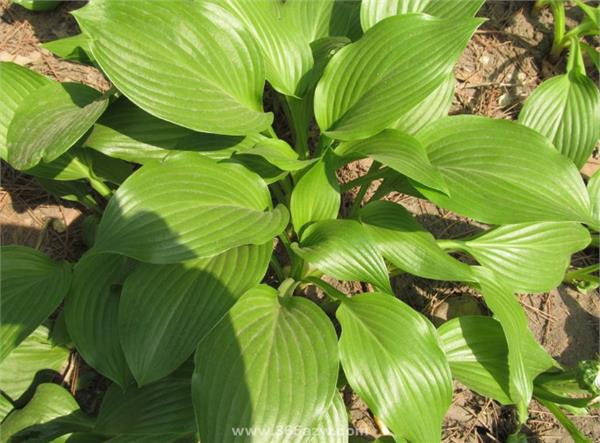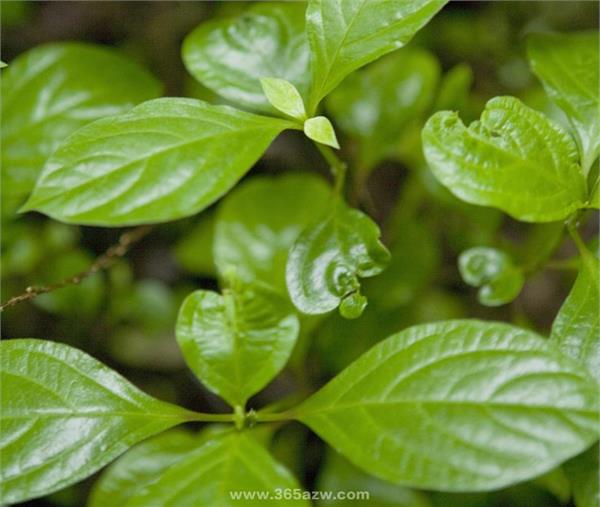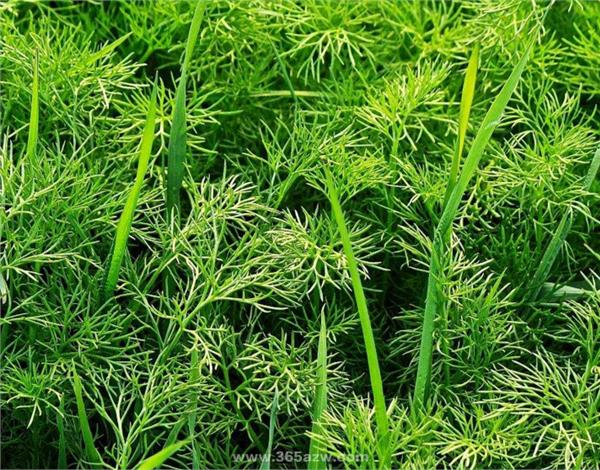What are herbs? what are herbs?
We often talk about herbaceous plants, woody plants, in fact, many people are not very clear about what herbs are, and what herbaceous plants have. Let's take you to understand these problems.

What is a herb?
Herb is a general term for a class of plants, but it is not a unit in the classification of plant disciplines. Herbaceous plants are usually called "grass" and woody plants are called "trees", but there are occasional exceptions, such as bamboo, which are herbaceous plants, but people often regard them as a kind of tree.
Most herbaceous plants die at the end of the growing season, including annual and biennial herbs, such as rice and radish. The aboveground parts of perennial herbs die every year, while the roots, rhizomes and bulbs of underground parts can live for many years, such as geraniums. Among herbs, the habits of annual, biennial and perennial sometimes vary with geographical latitudes and cultivation habits, such as wheat and barley are biennial herbs when sowing in autumn and annual herbs when sowing in spring; for example, cotton and castor are annual herbs in Jiangsu and Zhejiang, while perennial herbs can grow in the south of low latitudes. The most significant difference from woody plants is the supporting force of their stems, and the supporting force of herbaceous plants is turgor.

What are the herbaceous plants?
(1) Annual herbs: herbs that live only one year from seed germination, growth, flowering, fruiting to withering and death, that is, plants that blossom and die after fruiting in one growing season, such as morning glory, melon and leaf chrysanthemum, gourd, emerald chrysanthemum and so on.
(2) biennial herbs: only vegetative organs grow in the first growing season (autumn), and the plants that bloom and die after fruiting in the second growing season (spring), such as winter wheat, sugar beet, broad bean and so on.
(3) perennial herbs: herbs with a long life, usually more than two years old, such as chrysanthemum, orchid, lotus, water lily, gentleman orchid and so on. Perennial herbs generally have stout roots, and some have tubers, tubers, bulbs, bulbs and other organs.

What are the characteristics of herbaceous flowers
1. Annual flowers: herbs that are usually sown in spring and bloom in summer and autumn. When the seeds mature after autumn, the plants will die in winter. They complete a life cycle within a year. Such as a string of red, cockscomb, hundred-day grass, impatiens and so on.
2. Biennial flowers: herbs that are usually sown in autumn and blossom in spring and summer. The seeds die when they mature in summer. They grow every year, but less than two years. Such as calendula, melon and leaf chrysanthemum, pansy, goldfish grass and so on.
3. Perennial flowers: the individual life span is more than two years, and they are perennial herbaceous flowers. Strong cold resistance, winter can be in the open field for the winter, can blossom and bear fruit many times, the shape of the underground part is normal, such as chrysanthemum, African chrysanthemum.

4. Bulb flowers: individual life span is more than two years, which is perennial herbaceous flowers. Its underground part has inflated deformed stems or roots, which can be divided into five types. (1) bulbs: with most hypertrophic scales. Such as daffodils and lilies. (2) bulbs: shaped like balls, solid inside. Such as Gladiolus. (3) tubers: underground stems are lumpy, such as calla lilies. (4) rhizome: the underground stem is enlarged to form a thick and long rhizome with obvious nodes and internodes. Such as canna. (5) root tuber: it is formed by root enlargement, such as dahlia.
5. Aquatic flowers: this class belongs to perennial root herbs. The underground part is hypertrophic and rhizomatous, growing in shallow water or swampy areas. Such as lotus, water lily.
6. Ferns: perennial herbs of this class, mostly evergreen, do not blossom or produce seeds. Such as kidney fern, staghorn fern.
Related
- Wuhan Hospital Iron Tree Blooming Result Was Instantly Frightened by the Gardener Master
- Which variety of camellia is the most fragrant and best? Which one do you like best?
- What is the small blue coat, the breeding methods and matters needing attention of the succulent plant
- Dormancy time and maintenance management of succulent plants during dormancy
- Minas succulent how to raise, Minas succulent plant pictures
- What are the varieties of winter succulent plants
- How to raise succulent plants in twelve rolls? let's take a look at some experience of breeding twelve rolls.
- Attention should be paid to water control for succulent plants during dormant period (winter and summer)
- Watering experience of twelve rolls of succulent plants
- Techniques for fertilizing succulent plants. An article will let you know how to fertilize succulent plants.



